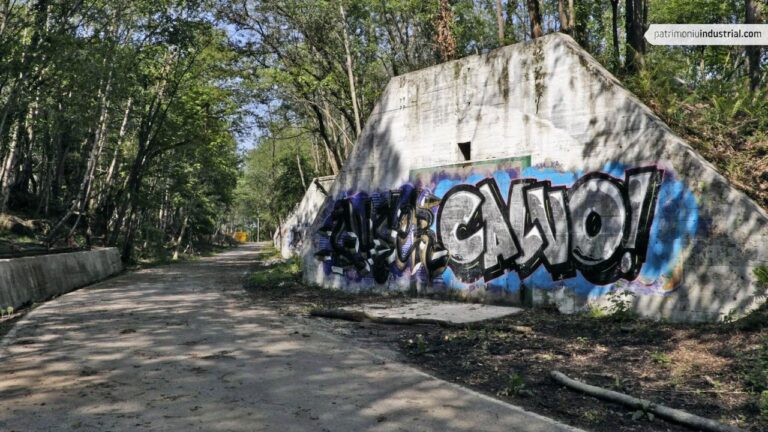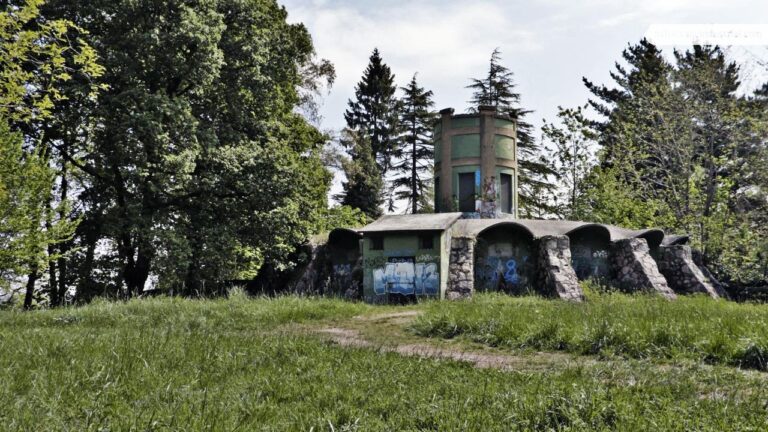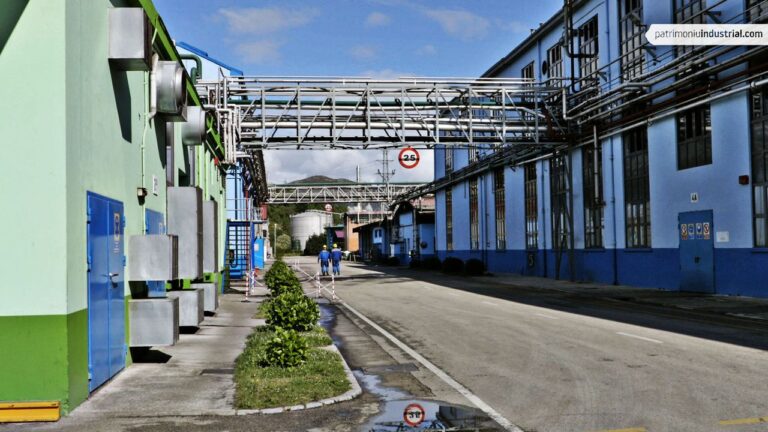

by Natalia Tielve García y Faustino Suárez Antuña
Natalia Tielve García, Ph.D. in Art History. Tenured Professor of Art History at the University of Oviedo. Secretary of INCUNA (Industrial Archeology Association). Member of the Cultural Heritage Council of the Principality of Asturias.
Faustino Suárez Antuña, B.A. and Ph.D. degrees in Geography and History (University of Oviedo). Vicepresident of INCUNA (Industrial Archeology Association). Research area: the geography of industrial heritage.
The chemical industry originally appeared in Asturias in connection to the coal mining industry. Its diversification relied on coal as well, ranging from the coke used in the steel industry to fertilizers, and later the pharmaceutical sector.
The chemical industry in Asturias – the factories of La Manjoya, Lugones and Cayés – has its origins in the growth of coal mining and explosives manufacturing in the second half of the nineteenth century. The industry diversified in the following century, when protectionist policies were implemented to partially eliminate the dependence on foreign supplies of nitrogen fertilizers. These products were increasingly in demand and were vital for the development of national agriculture, which was held back by its low productivity. This is the context in which Sociedad Ibérica del Nitrógeno (SIN, Iberian Nitrogen Company) established its factory in Vega (Langreo) in 1923, becoming one of the largest producers in Spain. Its facilities were modernized and then expanded with a new factory at Barros (Langreo) in the Fifties, a period of economic self-sufficiency and even stricter protectionist policies. A little earlier, in 1921, Carbones de La Nueva (La Nueva Coal Company) had built a plant for coal coking byproducts (coal pitch, naphta and creosote) at Camellera (Ciaño – Langreo). These were the pillars of a kind of coal-chemical hub on the Nalón River, eventually completed by Productos Químicos Sintéticos (PROQUISA, Synthetic Chemical Products Company) with their pharmaceuticals factory.
The Stabilization Plan of the Sixties marked the beginning of a certain international opening as well as the transition towards oil and its byproducts, which in turn resulted in the decline of the coal-chemical industry and its gradual replacement by the oil-chemical industry. Further still, the Empresa Nacional Siderúrgica (ENSIDESA, National Steel Company) opened a fertilizer factory in Trasona (Corvera) in 1969 that was linked to the full cycle of the Avilés steel plant. While SIN ceased its operation in the Nineties, the rest of the factories are still in business, producing for very specialized markets.
ZAPICO LÓPEZ, M., “Patrimonio arquitectónico de la industria química en Langreo (Asturias)”, I Congreso Internacional de Patrimonio Industrial y de la Obra Pública, Fundación Patrimonio Industrial de Andalucía, Sevilla, 2016, p. 453-469.
ZAPICO LÓPEZ, M., "La arquitectura de la factoría de la Sociedad Ibérica del Nitrógeno en Barros (Asturias): La intervención de Carlos Fernández Casado", en VV.AA., El Patrimonio Industrial en el contexto histórico del Franquismo 1939-1975, VI Congreso sobre Patrimonio Industrial y Obra Pública, CICEES- TICCIH España, 2016, p. 617-622.
GÓMEZ MENDOZA, A., El plan de nitrógeno (1939-61), http://www.ucm.es/BUCM/cee/doc/03010054.htm
GONZÁLEZ GARCÍA, J.M., La industria de explosivos en España: UEE (1896-1936), Fundación Empresa Pública, Madrid, 2000.
SUÁREZ ANTUÑA, F. “Paisaje y producción. Los créditos y ayudas estadounidenses en la industria pesada asturiana a mediados del siglo XX”, I Congreso de Estudios Asturianos, Real Instituto de Estudios Asturianos de Asturias, Oviedo, 2006.
TIELVE GARCÍA, N., “La fábrica de abonos de ENSIDESA: lógica moderna en el diseño del espacio industrial”, Patrimonio industrial agroalimentario, CICEES, Incuna, 2009.
TIELVE GARCÍA, N., “Homo Faber: Arte y artificio en la obra de Carlos Fernández Casado”, Quintana, 2014.






Recent Comments